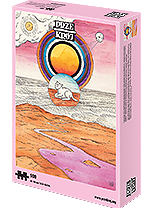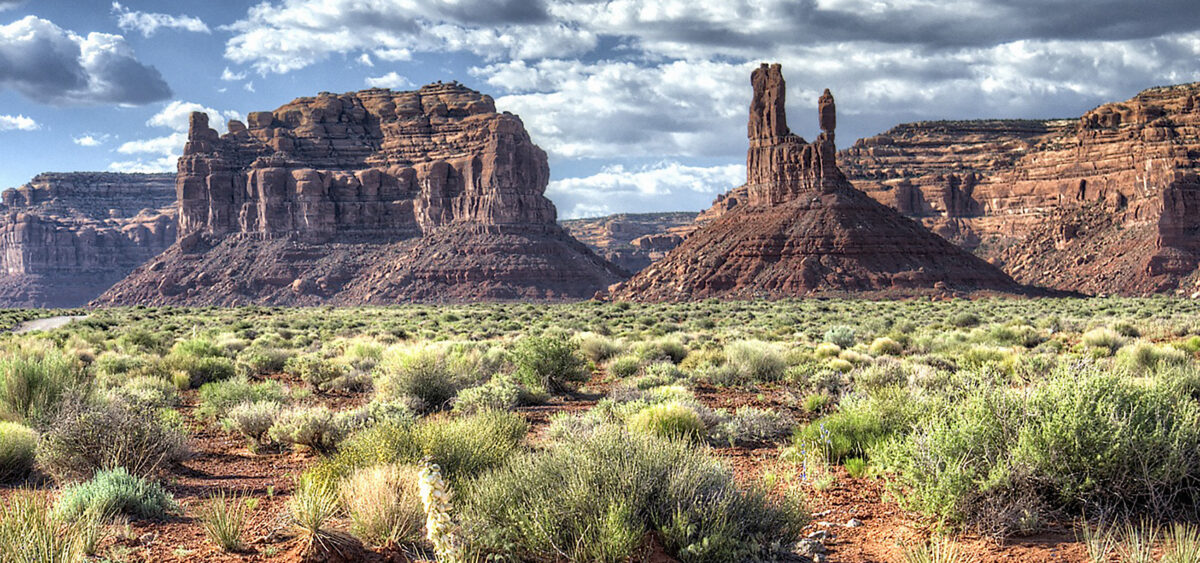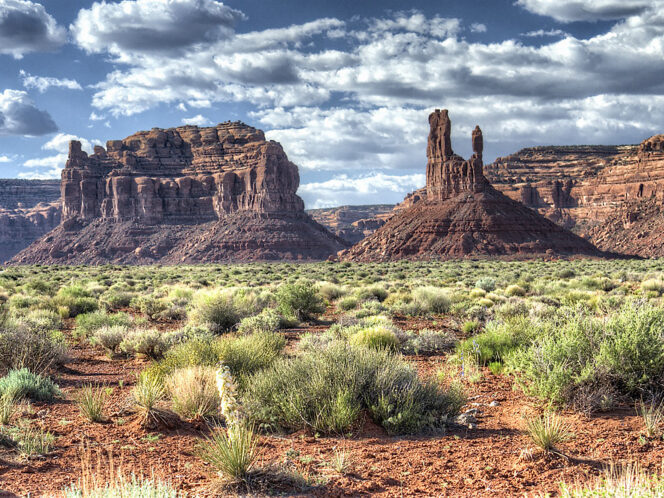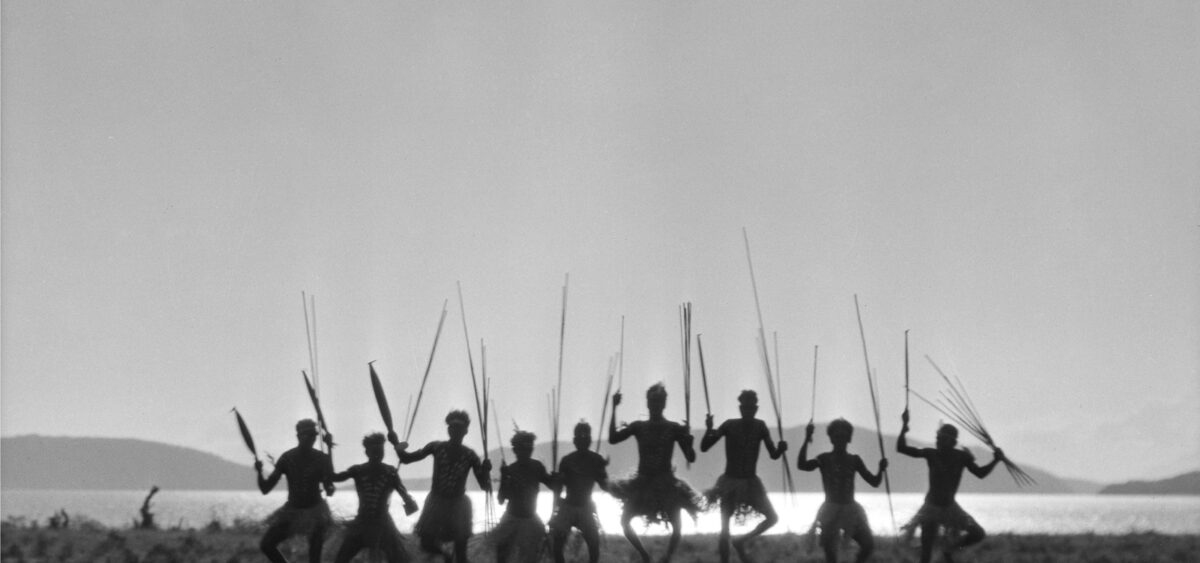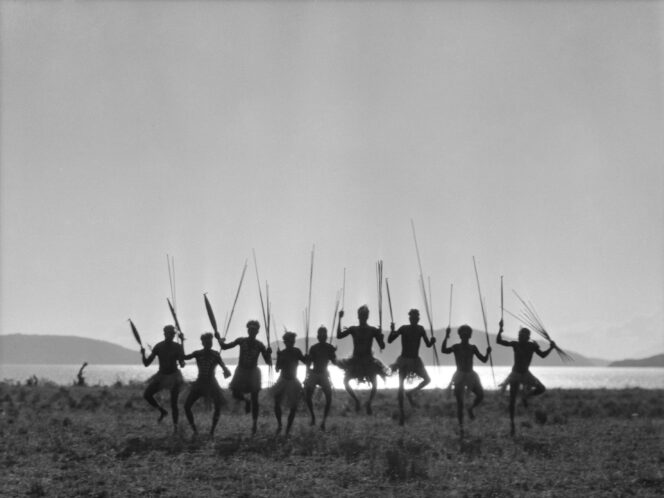
The scenic and sublime Monument Valley, part of the Colorado Plateau, lies within the territory of the Navajo Nation Reservation. The Valley of the Gods, located to the north of Monument Valley, is part of the same geological system and a vast natural temple sacred to the Navajo. It is also where Lech Majewski shot his last film.
I spoke with Lech Majewski at the Polish Film Festival in Gdynia after the premiere of Valley of the Gods. The latest film by the man behind Life Hurts and The Mill and the Cross was finally shown in Polish cinemas after having been delayed by the pandemic. The movie draws from an ancient legend of the Navajo, whose gods live inside the rock formations of the titular valley.
Jan Pelczar: From the first few takes of Valley of the Gods, the audience is hypnotized by the captivating vistas you found within the Navajo territory.
Lech Majewski: My films take a long time to be made. The valley inhabited by the Navajo has fascinated me for years. And the idea behind this film has been budding and growing for an equally long time. Towards the end of the 1980s, in collaboration with David Lynch’s Propaganda Films, I started pre-production on the movie that would become Gospel According to Harry. We originally intended to shoot it in the desert, somewhere in the western part of the United States. I was appointed a guide, or rather a location scout, with whom I traveled across probably all the deserts in this region of America. We drove over 8000 kilometres. I simply didn’t know which desert to choose. I showed Lynch a fragment of my earlier film, The Knight, that we’d shot among the white sand dunes near Łeba in northern Poland. He loved it and that’s basically why we shot Gospel there. But my strange and wonderful ramble across the deserts of the western US was


